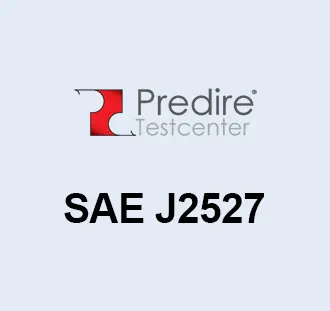IEC 60529: Degrees of Protection Provided by Enclosures (IP Code)
Overview and Purpose
IEC 60529, also known as the International Protection (IP) Code, is a widely recognized standard developed by the International Electrotechnical Commission (IEC). It defines a system for classifying the degrees of protection provided by the enclosures of electrical equipment against the intrusion of solid objects (including body parts like hands and fingers), dust, accidental contact, and water. The purpose of this standard is to provide clear and precise definitions to allow for the consistent classification of enclosure protections, facilitating the selection of electrical equipment that is suitable for various environmental conditions.
How the Classification System Works
The IP Code consists of the letters “IP” followed by two digits:
- The first digit indicates the level of protection that the enclosure provides against access to hazardous parts and the ingress of solid foreign objects. This digit ranges from 0 (no protection) to 6 (dust tight).
- The second digit indicates the level of protection against the ingress of water. This digit ranges from 0 (no protection) to 9K (protection against high-pressure, high-temperature jet sprays, steam cleaning).
Additional letters can be appended to the IP Code to provide further information about the protection the enclosure offers.
Purpose of the Standard
- Safety: Ensures that electrical equipment is safe to use by preventing access to hazardous parts and by protecting against harmful ingress of water and solid objects.
- Reliability: Enhances the reliability of electrical equipment by specifying enclosures that are suitable for different environmental conditions, thereby reducing the risk of damage.
- Interoperability: Provides a standardized language for describing the protection level of enclosures, making it easier for manufacturers, suppliers, and users to communicate and specify requirements.
Head Office
Privacy policy and cookies
Click here to present our privacy policy and explains how we use cookies on this website












